Sword of the Sea: Capturing the Flow State in Gaming
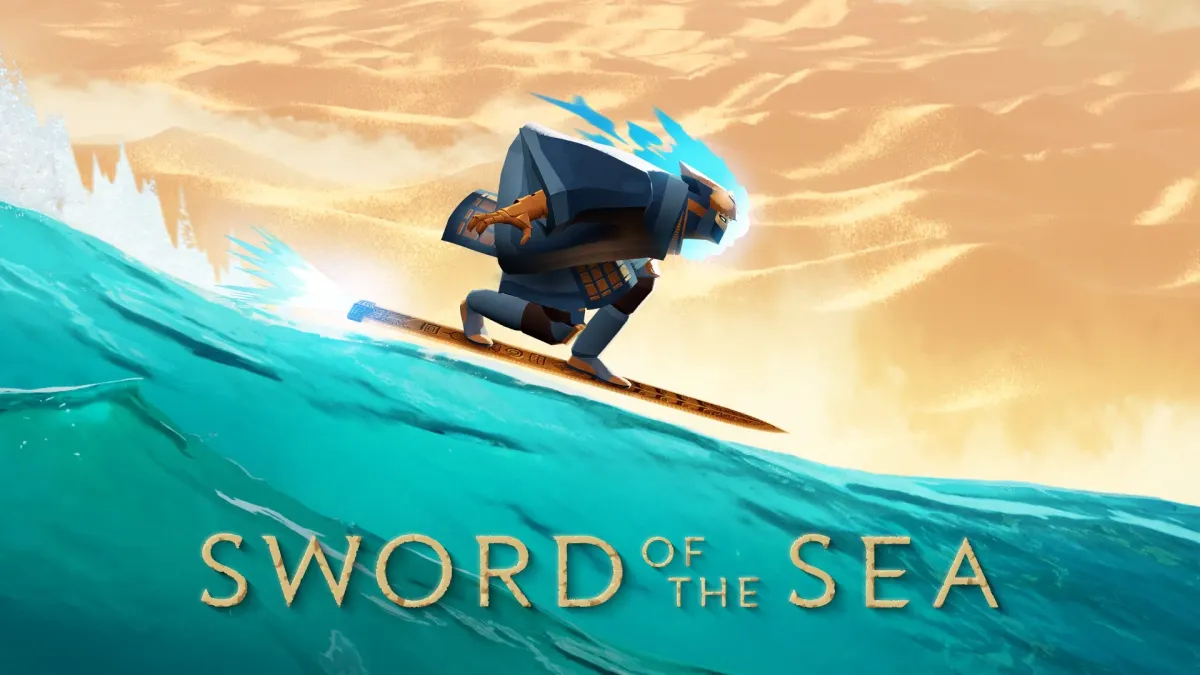
Sword of the Sea is one of the few games that manages to completely immerse players in a focused state of motion. Designed by the creative mind behind Journey, Abzû, and The Pathless, this atmospheric adventure blends the exhilarating movement of surfing and snowboarding with rich environmental narrative and stunning sound design.
Chasing the Flow
Sword of the Sea got its inspiration from the urge to provide the elusive "Flow State" feeling to the players. This "Flow State" is a feeling often experienced in extreme sports, where focus, movement, and environment blend seamlessly. The creative director explains that while numerous games feature snowboarding or surfing, they mostly just scratch the surface. Then, movement takes center stage, with no dialogue to intrude on gameplay. Sword of the Sea aims to give players a deeper connection that real surfers or snowboarders witness: the rhythm of motion, the challenge of the waves, and the suspense of what's coming next.
While sharing views on his previous works, the director compared Journey to hiking and Abzû to scuba diving. Sword of the Sea continues that tradition, offering a pensive experience where tricks, exploration, and narration intertwine.
Movement Meets Narrative
Unlike traditional snowboarding or skateboarding titles concentrated purely on stunts, Sword of the Sea merges the surfing/boarding mechanics with a sense of discovery and a subtle narrative. Players begin in a desolate desert and gradually uncover an ocean, revealing remains of an old, forgotten culture. It’s a quiet nod to real-world environmental issues, woven gently into the experience without heavy-handed messaging.
The gameplay emphasizes speed, freedom, and experimentation. As players master advanced moves and lanes, they’ll unlock advanced scores, brisk times, and entirely new ways to navigate the world. With no speed limit on the character, the possibilities grow as skills improve — perfect for those who love both art and competition.
The Role of Sound in Immersion
A large part of Sword of the Sea’s atmosphere comes from its sound design. Music is composed by Austin Wintory, the composer behind Journey and Abzû, and a longtime collaborator with the director. The development process is largely collaborative — music and animations evolve together, ensuring every note complements the visual narrative.
The soundscape doesn’t just set the tone; it reacts to the player’s movement, heightening the sense of connection between the rider, the board, and the world.
Surfing, Snowboarding, and Church
Beyond mechanics, Sword of the Sea seeks to capture the spiritual essence of surfing and snowboarding. Whether it’s the transitory perfection of riding inside a wave or the serene solitariness at the peak of a mountain, these moments of pure connection are rare in gaming. Then, they form the heart of the experience.
As players ride cruel waves and dynamic terrain, they’re constantly controlling speed, angle, and timing, engaging both revulsions and suspicion. Over time, this conduct becomes second nature, creating the very sensation the game set out to conquer.
Check out the official trailer:


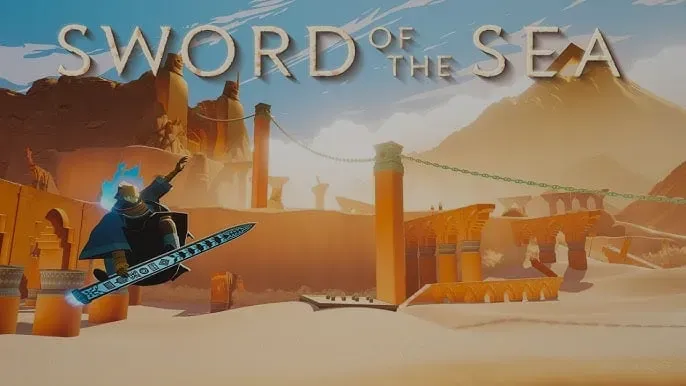
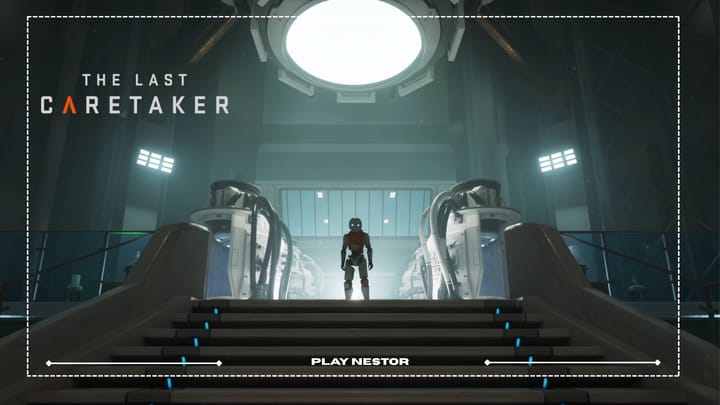
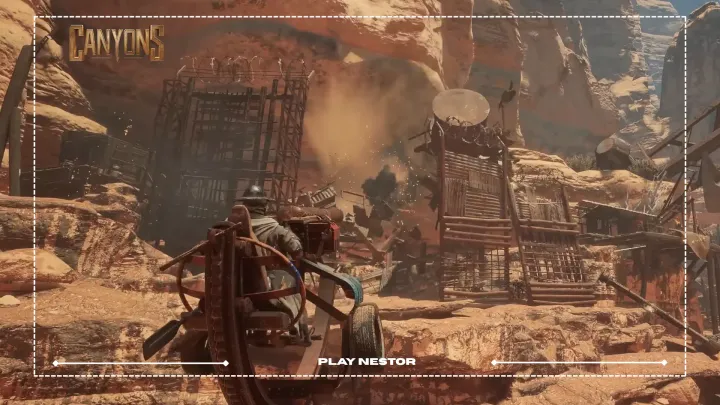
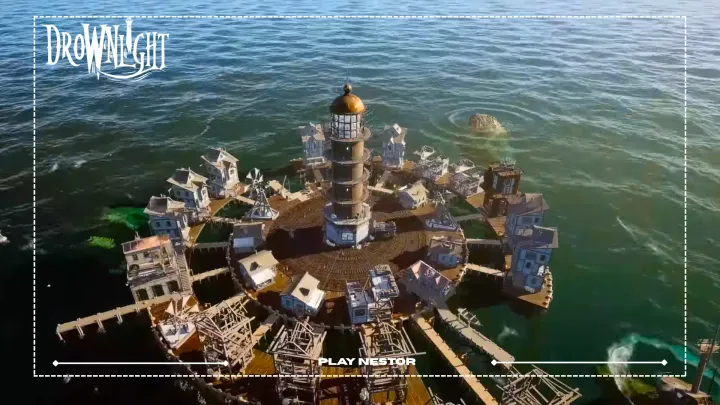
Comments ()